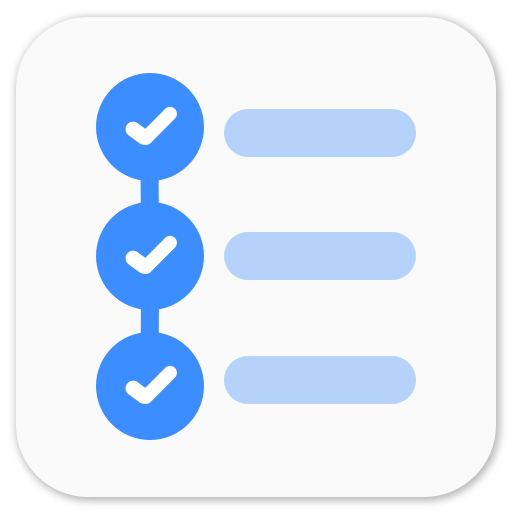Face Detection using OpenCV Haarcascades in Android
I was working on this app which required face detection and pose estimation. I was already using Native code for some other processes (edge detection, etc) so I figured I’d use Haarcascades in native code only. It was a bit of hassle to configure how to send xml file to JNI or whether it would load the cascade once I pass the filename to the native code.
So I looked around a bit. I tried to look into the examples provided with opencv sdk and found out that I had to write the whole xml file to FileOutputStream so that it could be accessed in the native code.
Making XML available to the native code
First I stored the XML file in assets/ folder.
final InputStream is;
FileOutputStream os;
try {
is = getResources().getAssets().open("face_frontal.xml");
File cascadeDir = getDir("cascade", Context.MODE_PRIVATE);
mCascadeFile = new File(cascadeDir, "face_frontal.xml");
FileOutputStream os;
os = new FileOutputStream(mCascadeFile);
byte[] buffer = new byte[4096];
int bytesRead;
while ((bytesRead = is.read(buffer)) != -1) {
os.write(buffer, 0, bytesRead);
}
is.close();
os.close();
} catch (IOException e) {
Log.i(TAG, "face cascade not found");
}Once this is done, you can pass the file and relevant Mat objects to the native code.
JNI call
faceFound = detectFace(mCascadeFile.getAbsolutePath(),
mRgba.getNativeObjAddr(),
mretVal.getNativeObjAddr());
// Image is loaded in mRgba
// mretVal will contain the output Mat
// At the end of the class declaring the native function
public native int detectFace(String filename, long matAddrRgba,
long matAddrRetVal);Native code
I’m not editing the native function name here so you need to change it appropriately.
JNIEXPORT jint JNICALL Java_com_fenchtose_cardscanner_ScanActivity_detectFace(JNIEnv* jenv, jobject, jstring jFileName, jlong addrRgba, jlong addrRetVal)
{
const char* jnamestr = jenv->GetStringUTFChars(jFileName, NULL);
string stdFileName(jnamestr);
Mat& mRgba = *(Mat*)addrRgba;
Mat& retValMat = *(Mat*)addrRetVal;
Mat gray;
vector<Rect> faces;
jint retVal;
int faceFound=0;
mRgba.copyTo(retValMat);
cvtColor(mRgba, gray, CV_RGBA2GRAY);
CascadeClassifier face_cascade;
face_cascade.load(stdFileName);
LOGD("cascade loaded\n");
face_cascade.detectMultiScale(gray, faces, 2, 1,
CV_HAAR_FIND_BIGGEST_OBJECT | CV_HAAR_SCALE_IMAGE,
Size(30, 30), Size(900, 900));
LOGD("detectMultiScale\n");
if (faces.size() > 0)
{
int index;
Rect face;
for(index=0; index<faces.size(); index++){
face = faces[index];
rectangle(retValMat, face, Scalar(255, 0, 0), 3);
}
faceFound = 1;
LOGD("face found\n");
}
else
{
LOGD("face not found\n");
faceFound = 0;
}
retVal = (jint)faceFound;
return retVal;
}This returns if face is found or not. If face is found it draws on the retvalMat. So this was pretty easy to do and return a good output.
P.S. Learning more about Android OpenCV.
Playing around with Android UI
Articles focusing on Android UI - playing around with ViewPagers, CoordinatorLayout, meaningful motions and animations, implementing difficult customized views, etc.


